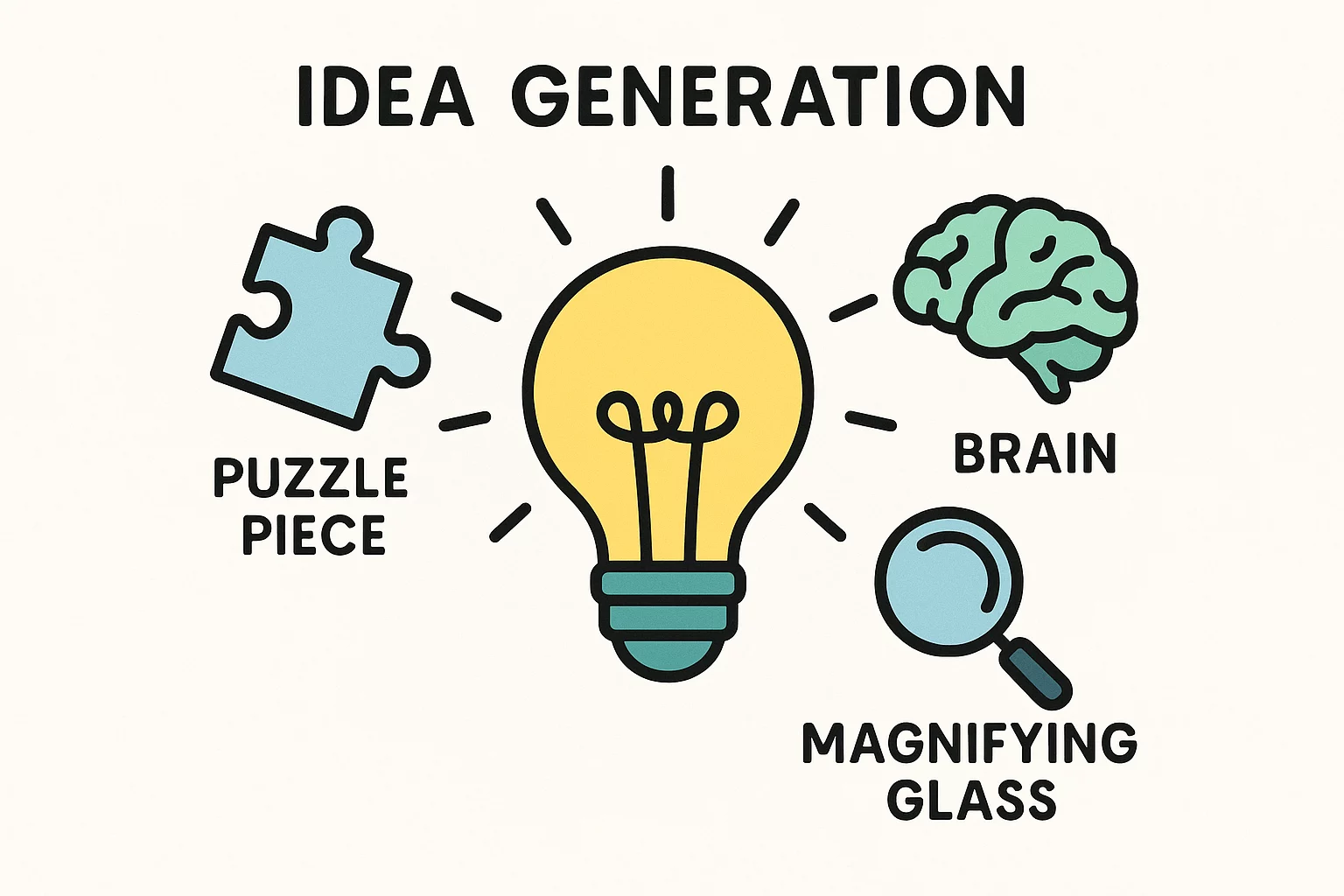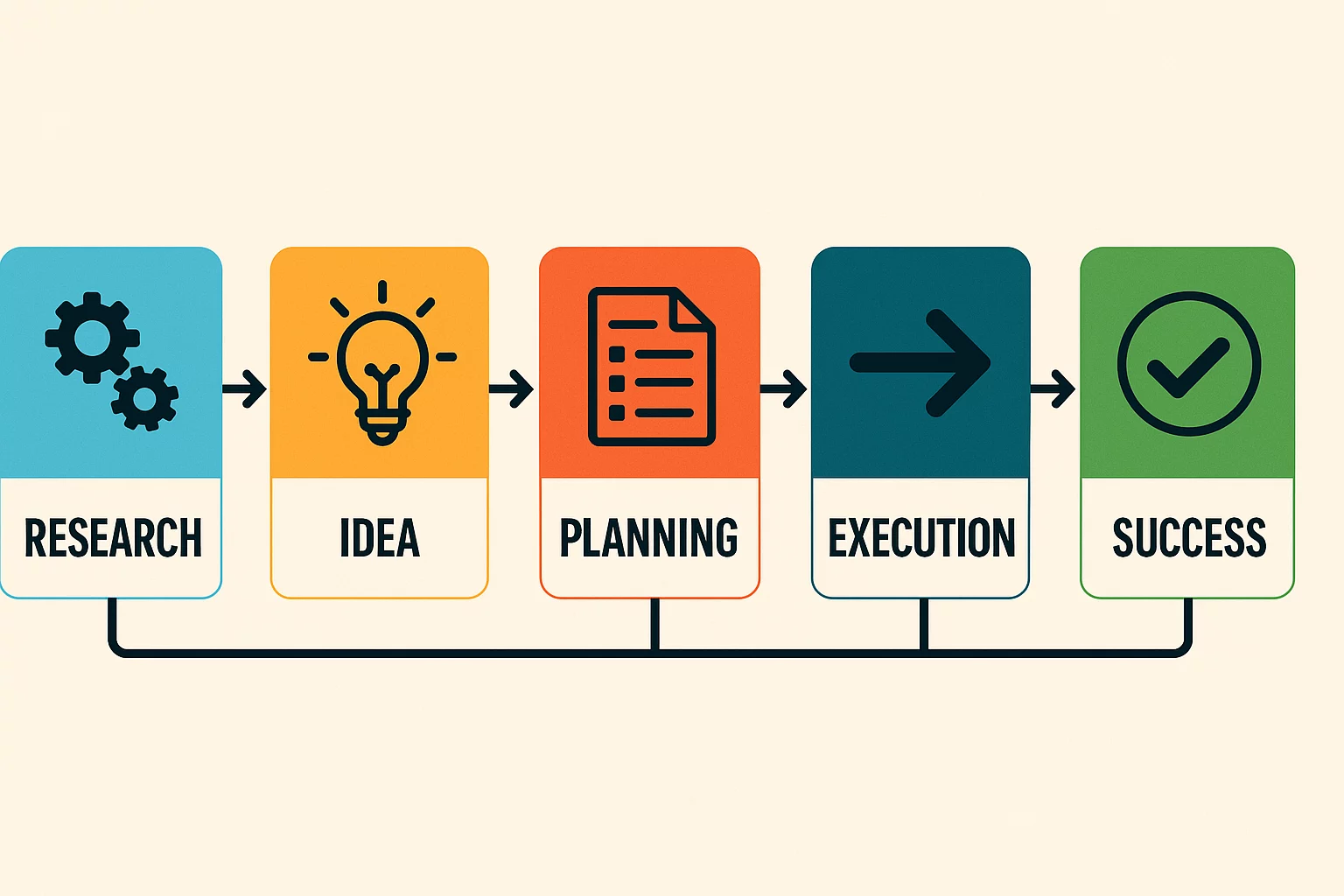The global demand for solar energy isn’t just growing—it’s evolving. As investors and project developers seek higher efficiency and a lower Levelized Cost of Energy (LCOE), the market is shifting steadily from traditional monofacial modules to advanced bifacial technology. The International Technology Roadmap for Photovoltaics (ITRPV) predicts that bifacial modules will capture a dominant market share in the coming years.

For owners of an existing monofacial production line, this trend represents a significant opportunity. Upgrading your facility to produce bifacial modules is a strategic step toward future-proofing your investment and meeting the market’s demand for higher-performance products. But this transition requires more than new materials—it demands specific adjustments to key stages of the production process.
This guide provides a clear overview of the essential upgrades needed to integrate bifacial capabilities into your existing monofacial line, focusing on the three most critical areas: lay-up, lamination, and testing.
Why Consider an Upgrade to Bifacial Production?
Before diving into the technical changes, it’s worth understanding the business case for this upgrade. Bifacial modules generate electricity from both their front and rear sides by capturing reflected light from the ground surface (albedo). This “bifacial gain” can significantly increase a module’s energy yield, making it a highly attractive option for large-scale solar farms and commercial installations.
By producing bifacial modules, your factory can offer a premium product that delivers superior long-term value to your customers, strengthening your competitive position in a sophisticated market.
Key Adjustments for Your Production Line
Transitioning from a standard monofacial line (glass/EVA/cells/EVA/backsheet) to a bifacial one—which typically uses a dual-glass structure (glass/EVA/cells/EVA/glass) or a transparent backsheet—involves precise engineering adjustments.
1. The Lay-up Station: Precision in Handling
The lay-up process, where the module’s layers are assembled before lamination, is the first stage requiring modification.
Monofacial Lay-up: In a standard line, a robotic arm places a glass pane, followed by layers of EVA and solar cells, and finally a polymer backsheet.
Bifacial Challenge: When producing dual-glass modules, the opaque backsheet is replaced with a second pane of glass. This requires a handling system capable of managing two sheets of glass without causing micro-cracks, scratches, or misalignment. Automated systems must be adapted or replaced to handle the added weight and fragility of a second glass layer with absolute precision. Using a transparent backsheet is less mechanically demanding but still requires recalibrating material handling systems.
A well-engineered lay-up station is crucial for preventing yield loss before the module even reaches the laminator.
2. The Lamination Process: The Heart of the Module
Lamination is arguably the most critical step in module production. Here, the assembled layers are heated and pressed under vacuum to form a durable, weatherproof, and electrically safe unit that can last for over 25 years. Upgrading to bifacial production places new demands on your laminator.
Monofacial Lamination: Laminating with a flexible backsheet is a well-established process.
Bifacial Challenge: A dual-glass structure behaves very differently under heat and pressure. Both glass panes must be heated uniformly to ensure the encapsulant (EVA or POE) cures properly without creating thermal stress, which could lead to delamination or cell breakage. This requires a laminator with advanced thermal control and the ability to apply pressure evenly across the entire module surface.
Many standard laminators are not designed for the specific thermal dynamics of glass-on-glass lamination. Integrating a high-performance laminator is often the central investment when upgrading to bifacial capability, as it directly impacts module quality, reliability, and lifespan. The right turnkey solar production lines are designed with this flexibility in mind from the start.

3. Testing and Quality Control: Measuring Total Performance
Once a bifacial module is laminated, its performance must be accurately verified—a task for which a standard flasher or sun simulator is insufficient.
Monofacial Testing: A flasher illuminates the module from one side to measure its power output (Pmax), voltage, and current.
Bifacial Challenge: Certifying a bifacial module’s performance means measuring the output from both its front and rear sides. This requires a specialized bifacial tester that uses a simultaneous or sequential flash to illuminate both sides and accurately calculate the module’s total power output and bifaciality factor.
Without accurate testing, you cannot guarantee that your modules meet the specifications your customers expect. Investing in a reliable bifacial tester is essential for quality assurance and maintaining your brand’s reputation.

Partnering for a Seamless Transition
Upgrading a production line is more than just an equipment purchase—it’s an integrated engineering project. Each stage, from lay-up to final testing, must work in perfect harmony. Success depends on a partner with deep, hands-on experience in process flow, equipment integration, and operator training.
The goal is to achieve a seamless transition that minimizes downtime and ensures your newly upgraded line produces high-quality, reliable bifacial modules from day one. When you select your solar manufacturing equipment, you are choosing a partner for this entire journey.
Frequently Asked Questions (FAQ)
What is the primary benefit of producing bifacial modules?
The main advantage is a higher energy yield. By capturing reflected light, bifacial modules can produce more electricity per square meter than monofacial modules, resulting in a lower LCOE and better returns for solar project owners.
Is upgrading an entire production line a complex project?
It requires careful planning and expertise, but with the right partner, it becomes a manageable process. The key is to work with an engineering team that understands how to integrate new equipment into an existing line while optimizing the entire production workflow.
Can my existing staff operate the new bifacial equipment?
Yes. A core part of any successful upgrade project is comprehensive training. Your operators and technicians should be trained on the new procedures for handling dual-glass modules, operating the new laminator, and performing accurate bifacial testing.
Your Path Forward
The market’s shift toward bifacial technology is a clear opportunity to enhance your manufacturing capabilities and increase the value of your products. While the upgrade requires targeted investments in lay-up, lamination, and testing, the result is a modern, competitive factory poised for long-term growth.
This transition is a significant undertaking, and we understand the technical and operational questions that come with it.
Contact us to discuss your specific goals and get expert guidance on making a seamless transition to bifacial module production.
